Dry stone walls, ubiquitous throughout upland Britain or where rock outcrops and is easily quarried, often have holes at the base to allow sheep to pass. These are cripple or sheep holes or smeuses, although this name is often used in lowland Britain where hares or rabbits habitually pass through a hedge. Every region has its own name: sheep creeps, sheep smoose, thawl, lunky hole, hogg hole. And in Cleveland: smoot hole which possibly derives from the Old Norse word smátta meaning a narrow lane. A typical smoot is sheep sized so cattle can not pass and when passage is not wanted the hole is easily blocked by a board or large stone. Some smoots are specifically built for rabbits to discourage burrowing which would undermine the stability of the wall. On very old walls some may have been included purposely to catch or trap rabbits.

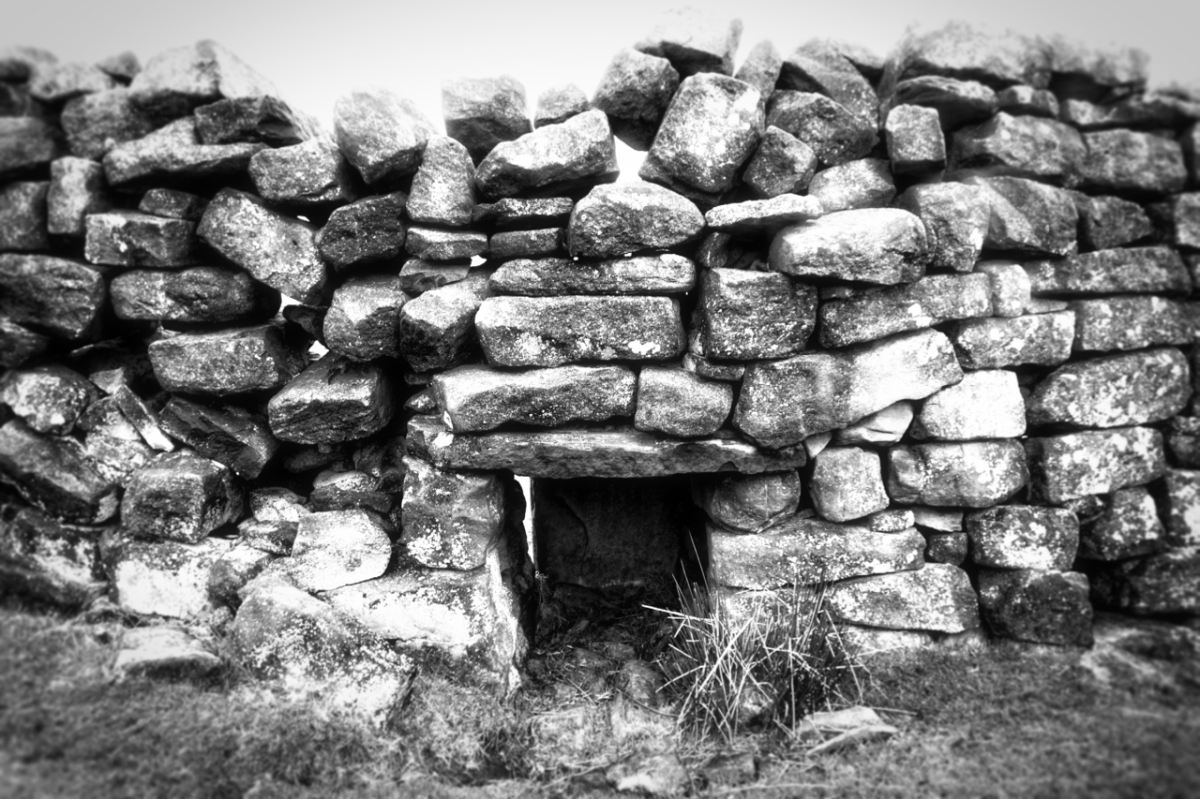
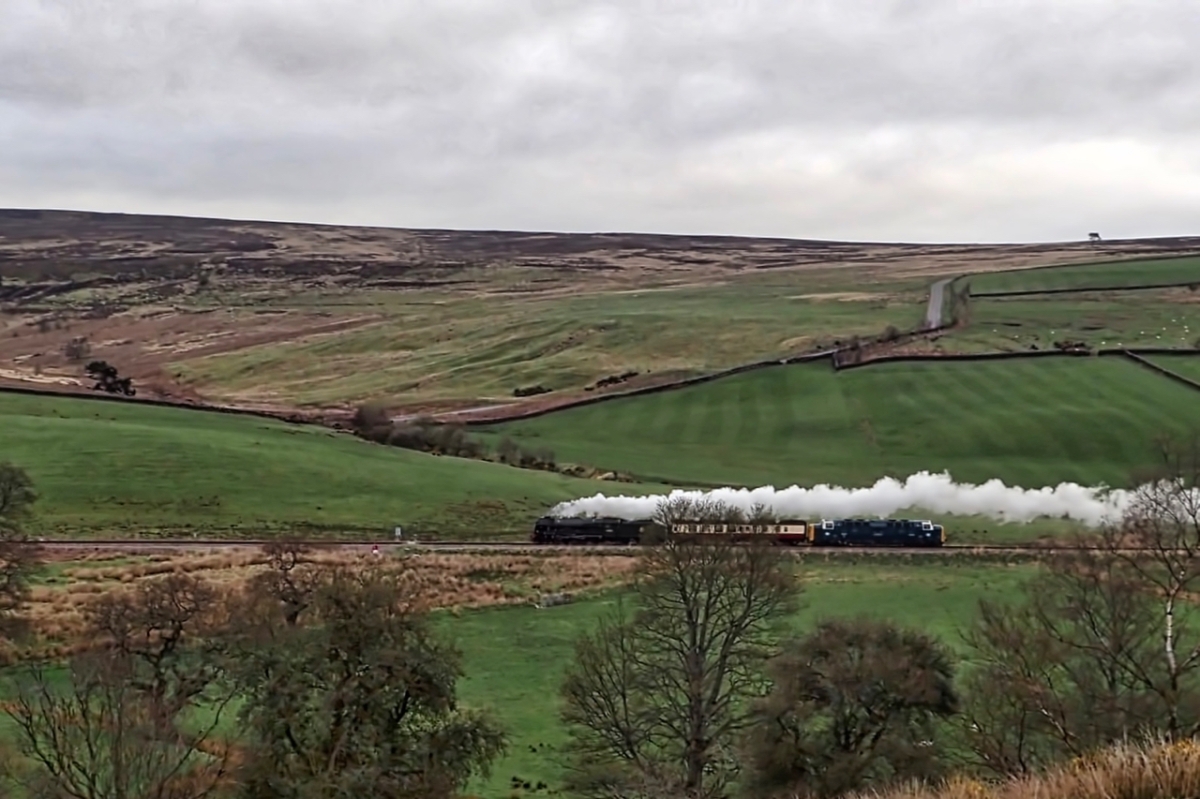

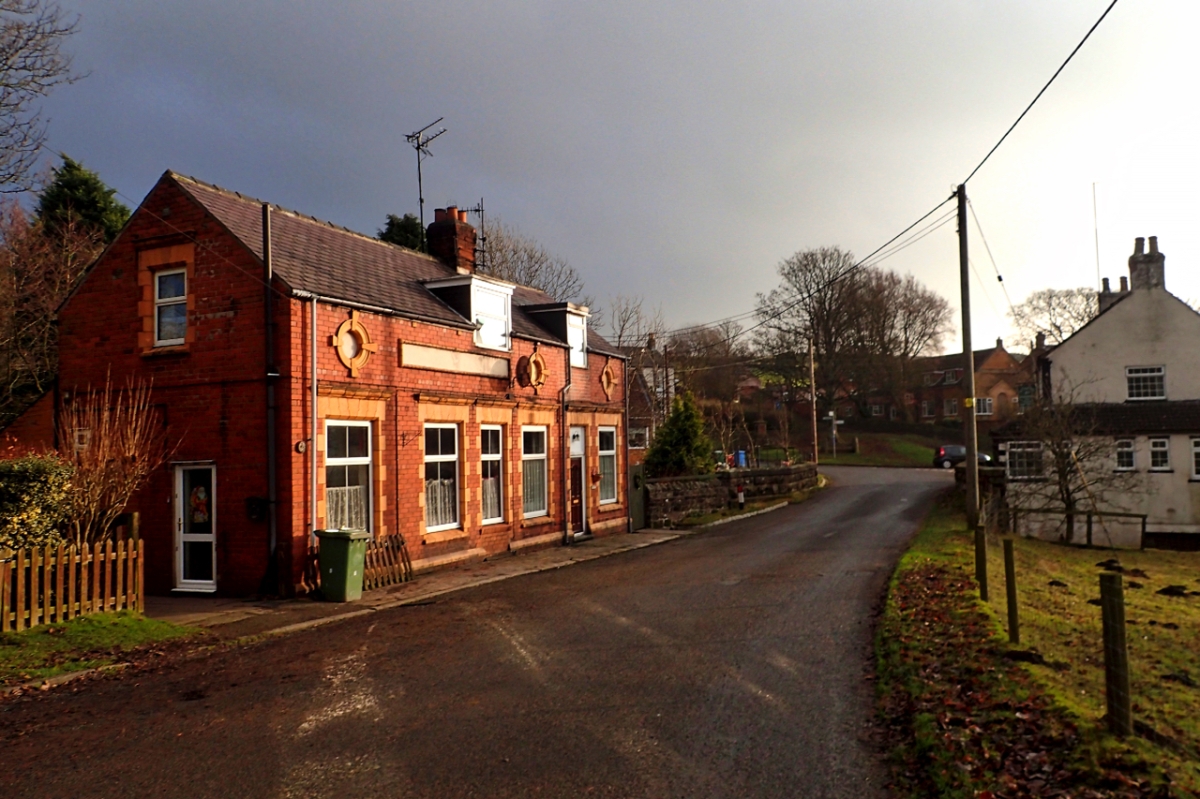
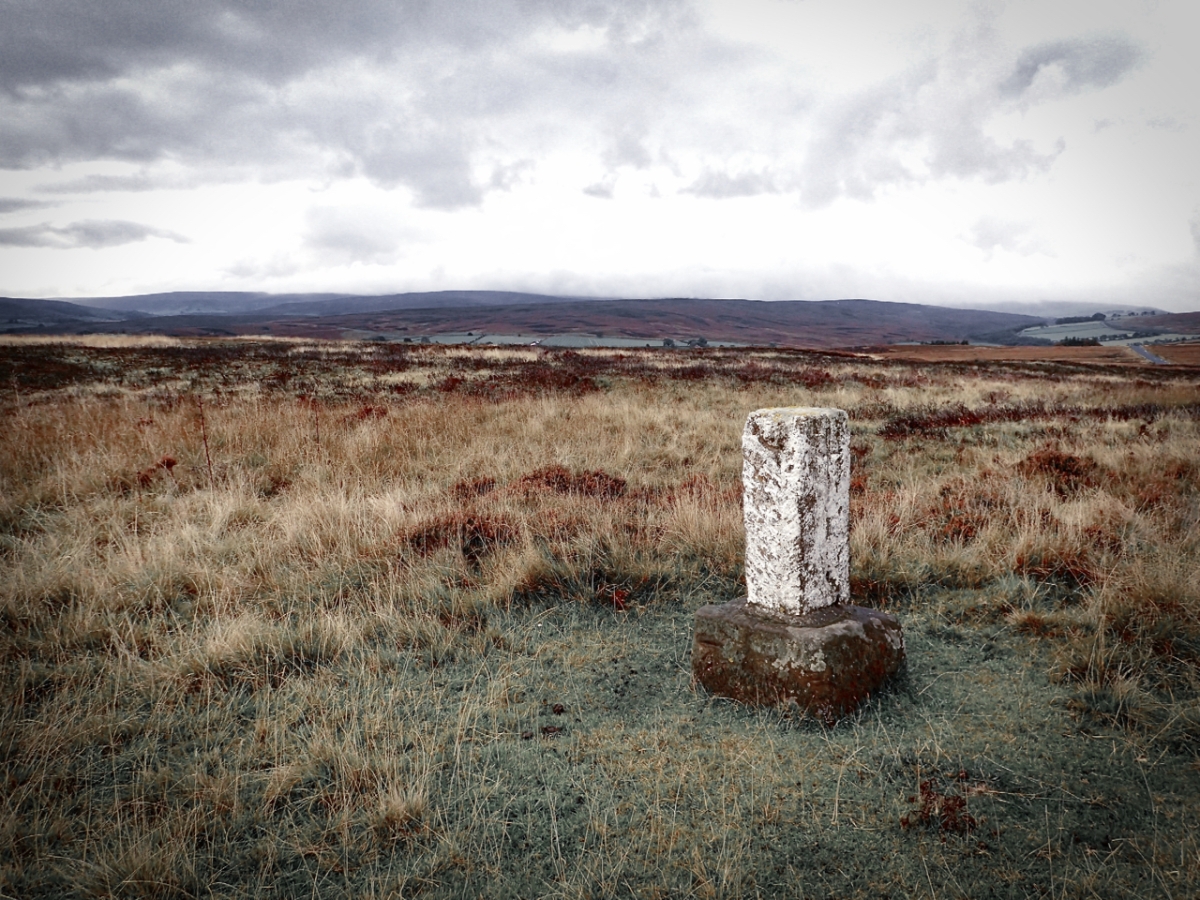
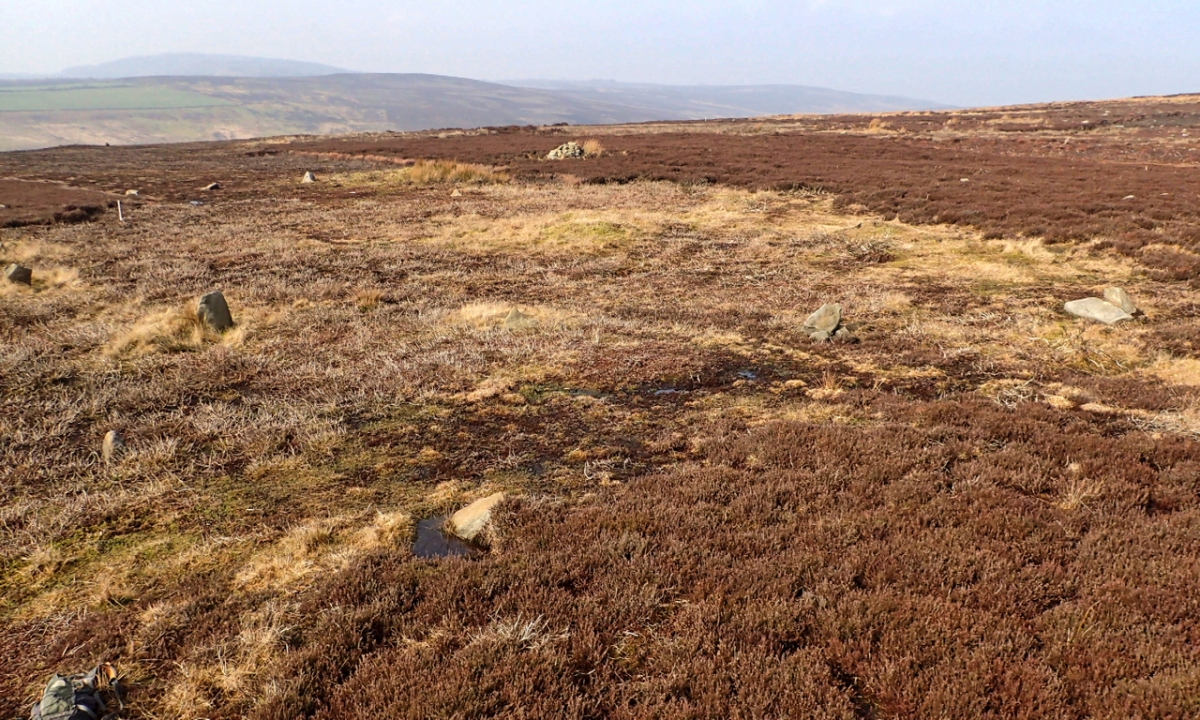
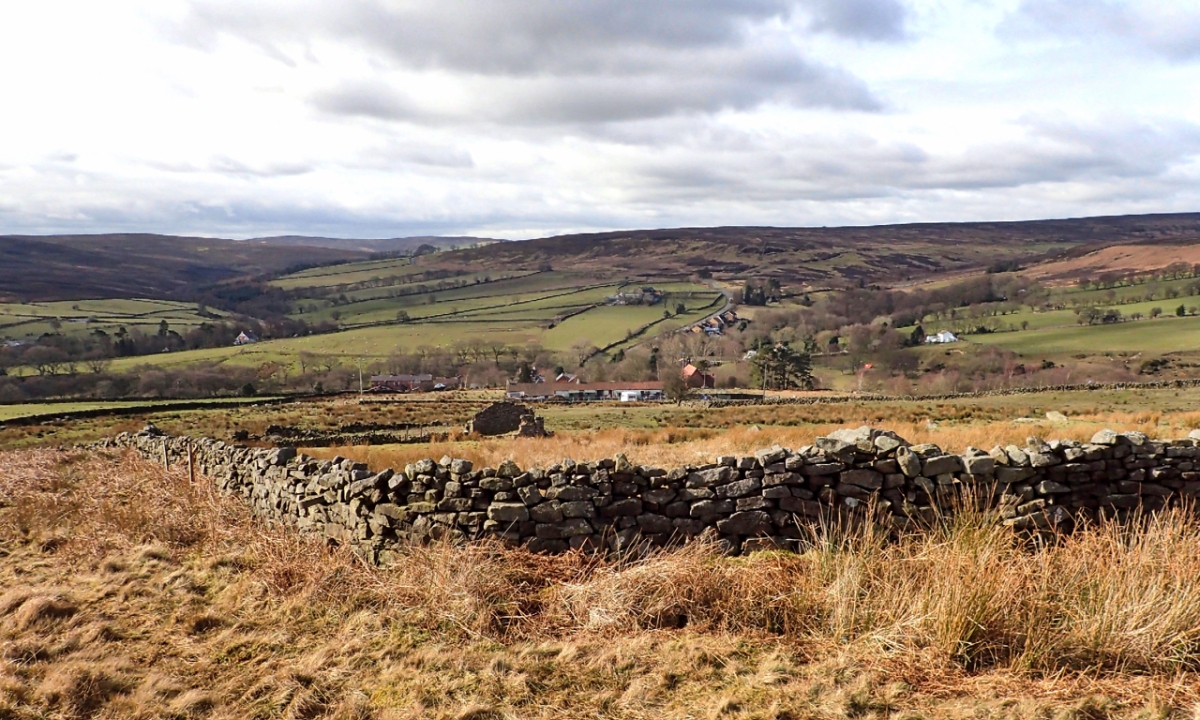


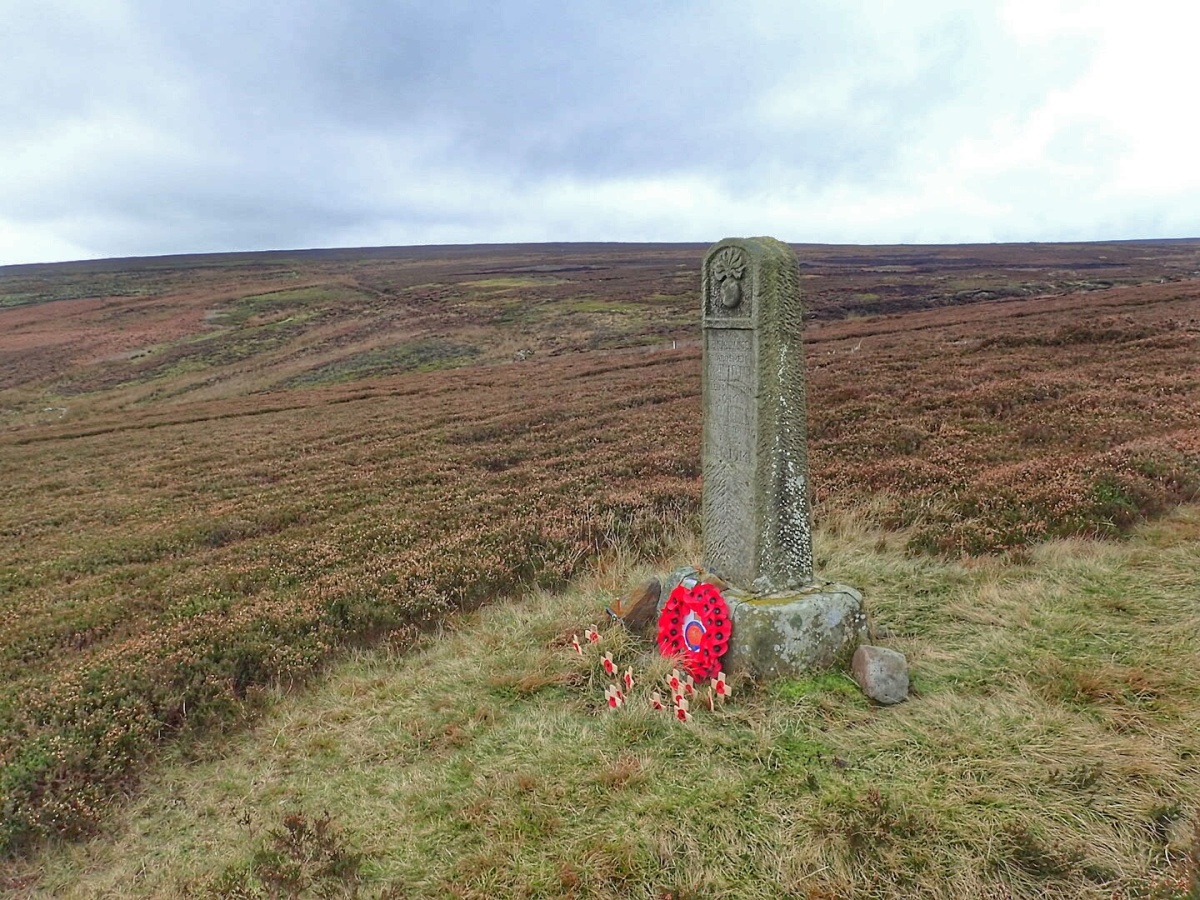
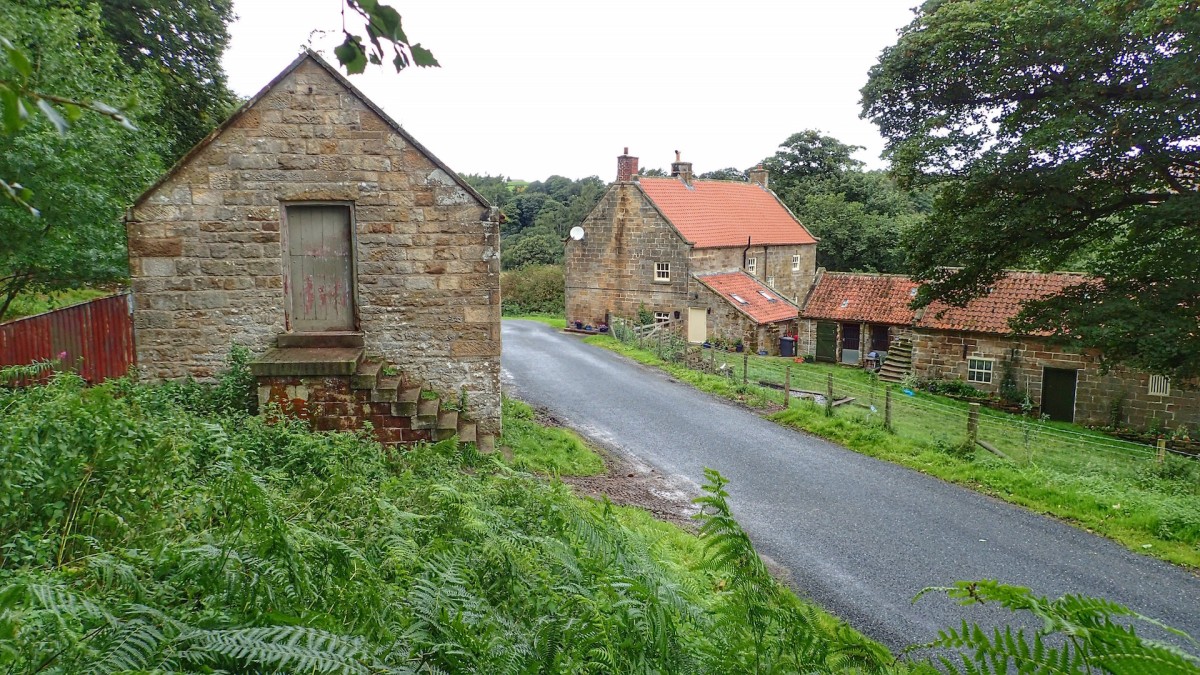
You must be logged in to post a comment.